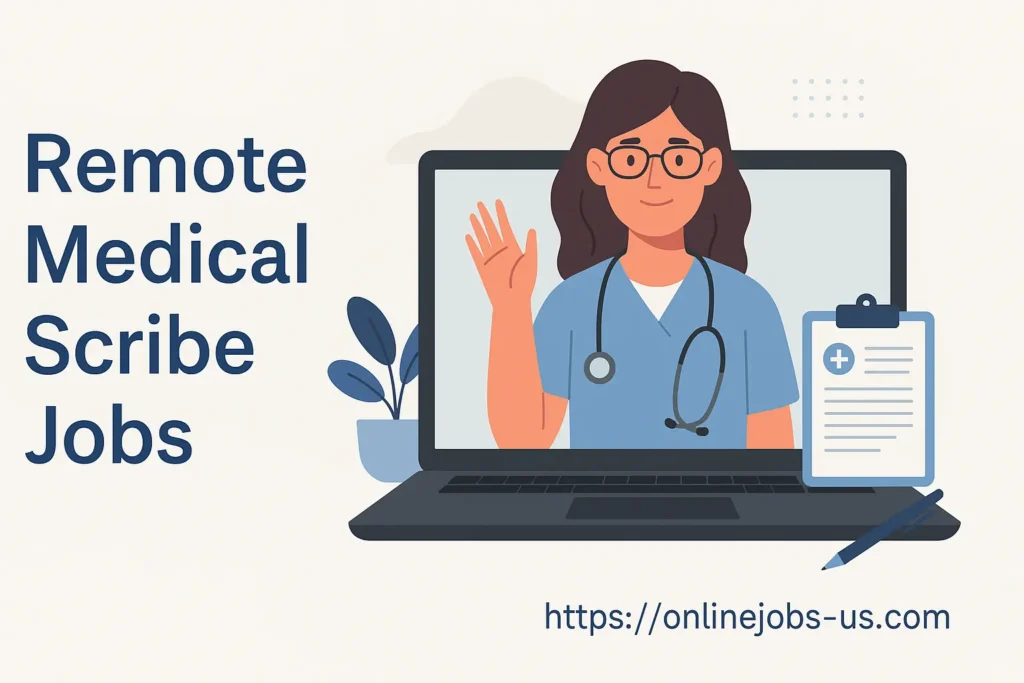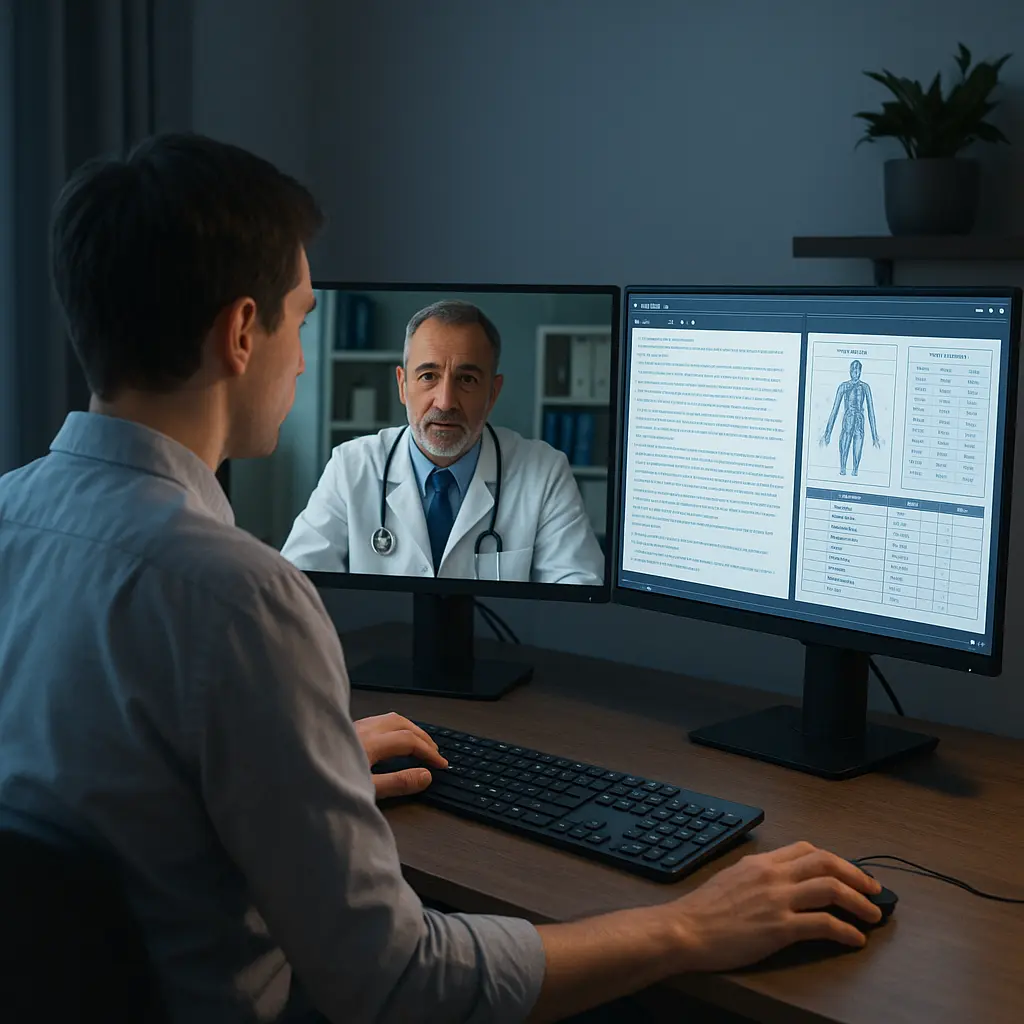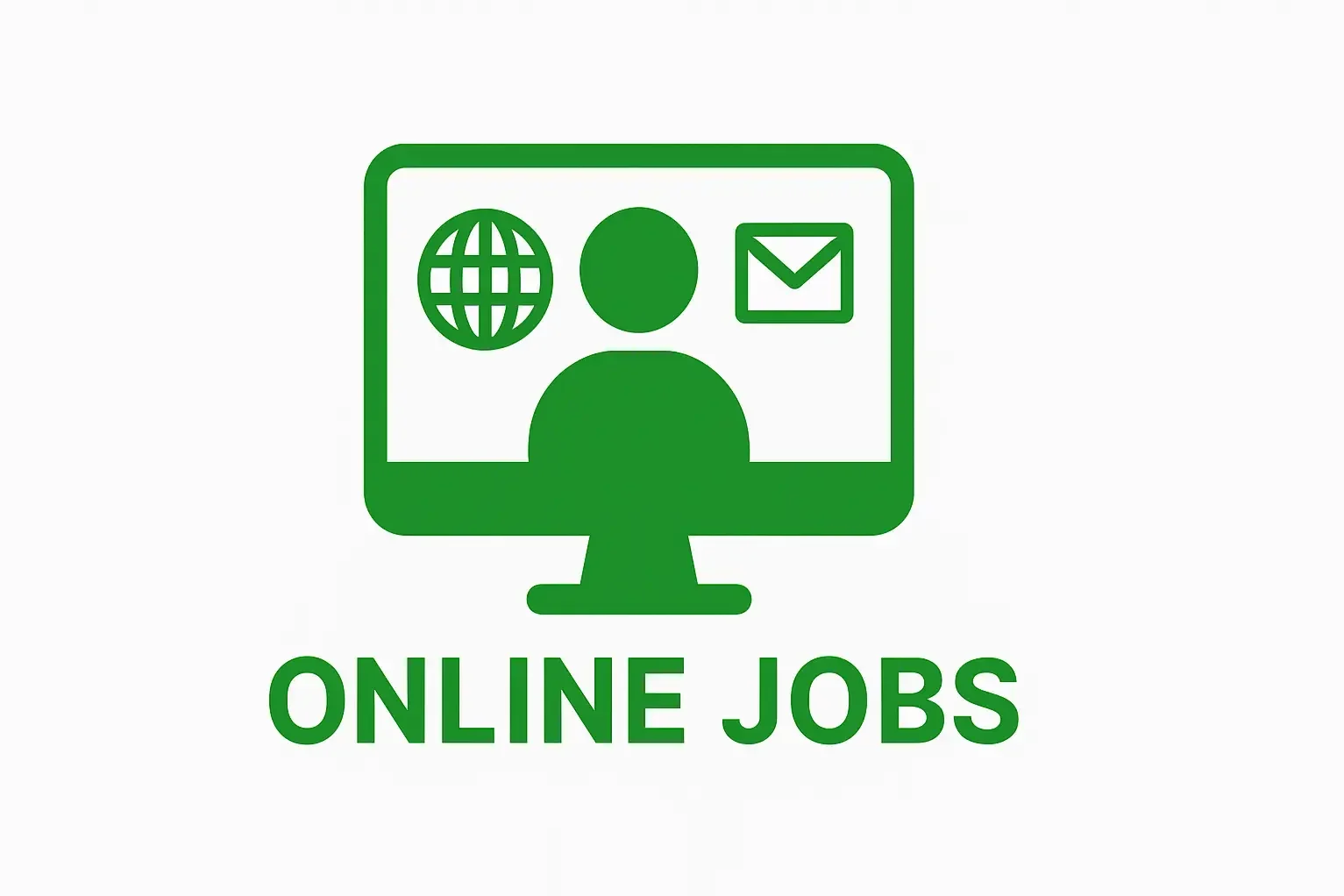Remote Medical Scribe Jobs

In today’s digital age, the healthcare industry is rapidly embracing remote services. One such role seeing significant growth is that of a remote medical scribe. As doctors become increasingly overwhelmed with documentation requirements, the demand for professionals who can handle real-time medical charting has soared. Remote medical scribes are essential players behind the scenes, helping ensure patient care is accurately recorded and doctors can focus more on clinical duties.
This article explores the key responsibilities of a remote medical scribe, the essential skills and training required, companies currently hiring for this role, expected pay ranges, and how you can get started with a helpful checklist.
What Is a Remote Medical Scribe?
A remote medical scribe is a trained professional who listens to live or recorded patient-physician interactions—usually via secure video or audio platforms—and documents them in real-time into the patient’s Electronic Health Record (EHR). Unlike in-person scribes, remote scribes work from home or designated remote locations, offering flexibility while supporting healthcare systems efficiently.
Responsibilities of a Remote Medical Scribe
Remote medical scribes are responsible for accurately transcribing and organizing medical data. Their primary duties include:
- Real-time Charting: Listening to doctor-patient conversations and inputting details directly into EHR systems.
- Documenting Medical Histories: Recording patient complaints, symptoms, family history, medications, allergies, and prior procedures.
- Updating Diagnoses and Treatment Plans: Accurately reflecting the physician’s assessments, plans of care, and follow-up instructions.
- Reviewing and Formatting Charts: Ensuring the medical notes are clear, complete, and ready for physician approval.
- Collaborating with Healthcare Teams: Communicating with doctors or nurses to clarify unclear medical information when necessary.
Scribes must maintain the highest standards of accuracy, speed, and confidentiality in all their documentation tasks.
Essential Skills for Remote Medical Scribe Jobs
Key skills include:
1. Fast and Accurate Typing
Speed and precision are crucial. Most companies expect typing speeds of at least 60–70 words per minute, with minimal errors.
2. Knowledge of Medical Terminology
Understanding anatomy, physiology, disease processes, medications, and abbreviations is critical for effective transcription.
3. Familiarity with EHR Systems
eClinicalWorks, and Athenahealth.
4. Excellent Listening and Comprehension
Strong listening skills help scribes accurately capture spoken medical information, especially in fast-paced conversations or when accents are involved.
5. HIPAA Compliance and Confidentiality
Remote scribes must strictly adhere to patient privacy laws, particularly HIPAA (Health Insurance Portability and Accountability Act) guidelines.
6. Time Management and Focus
Working remotely requires a high degree of discipline. The ability to stay focused and meet documentation deadlines is vital.
Training and Education Requirements
Most remote scribe positions require at least a high school diploma, but many employers prefer or require candidates pursuing or holding degrees in pre-med, nursing, biology, or related fields.
In addition, many medical scribe companies offer on-the-job training that covers:
- Basic and advanced medical terminology
- HIPAA regulations
- EHR navigation
- Real-time documentation techniques
- Mock doctor-patient scenarios
Some scribes may also complete certifications such as:
- Medical Scribe Certification & Aptitude Test (MSCAT)
Though not always mandatory, these certifications can increase hiring potential and pay.
Companies Hiring for Remote Medical Scribe Jobs
Several reputable companies regularly hire remote scribes for full-time or part-time positions. These include:
1. ScribeAmerica
Strong typing skills and also medical knowledge.
2. iScribeHealth
Provides remote scribe services for physicians and specialists across various clinical settings. Offers extensive training and flexible hours.
3. ProScribe
Focuses on providing career development for future healthcare professionals. They offer remote medical scribe positions with training programs.
4. Robin Healthcare
Robin combines AI tools with human scribes. Employees work remotely and assist physicians by documenting medical records through recordings.
5. Augmedix
Uses Google Glass and remote scribing technology to deliver real-time medical documentation services. Open to hiring candidates with healthcare knowledge.
6. AQuity Solutions
Offers remote scribe jobs along with medical transcription and coding services. Their scribe positions are ideal for those pursuing healthcare careers.
These companies typically look for candidates interested in healthcare careers and capable of working in structured, remote environments.

Salary Expectations for Remote Medical Scribes
The pay for remote medical scribes varies depending on experience, employer, location, and qualifications.
- Entry-Level Remote Scribes: $10 – $14 per hour
- Experienced Scribes or Specialized Roles: $15 – $20 per hour
- Annual Salary Range: $22,000 – $40,000 (full-time roles)
- Senior/Team Lead Roles: May offer $45,000 or more annually
Some companies also provide performance bonuses, training stipends, or career advancement opportunities into clinical or administrative roles.
Getting Started Checklist
If you’re ready to pursue a remote medical scribe career, follow this step-by-step checklist to prepare yourself professionally:
✅ Step 1: Assess Your Skills
- Practice multitasking, especially typing while listening.
✅ Step 2: Prepare or Update Your Resume
- Highlight healthcare education or relevant coursework.
- Mention EHR experience, if any.
- Emphasize attention to detail and remote work experience.
✅ Step 3: Complete a Certification (Optional but Recommended)
- Consider a course in medical terminology or HIPAA compliance.
- Obtain a CMSP or similar certification to stand out.
✅ Step 4: Apply to Reputable Companies
- Visit websites like ScribeAmerica, ProScribe, or iScribeHealth.
- Set up alerts on job boards for “Remote Medical Scribe” roles.
- Be prepared for online assessments or interviews.
✅ Step 5: Set Up a Quiet Workspace
- Use a reliable computer and high-speed internet.
- Ensure a distraction-free home office with quality headphones.
✅ Step 6: Learn the EHR System
- Familiarize yourself with common EHR platforms.
- Watch tutorials on systems like Epic or Cerner if possible.
✅ Step 7: Demonstrate Professionalism
- Show strong communication skills and a willingness to learn.
- Be punctual, responsive, and able to work independently.
Final Thoughts
Remote medical scribe jobs are an excellent entry point into the healthcare industry, especially for aspiring doctors, nurses, or medical professionals. These positions offer hands-on experience with real patient care documentation while allowing the flexibility of working from home.
With growing adoption of telehealth and digital documentation, the need for skilled remote scribes will only continue to rise. By honing your typing speed, mastering medical terminology, and securing training or certification, you can build a stable and rewarding career in this evolving healthcare niche.
Whether you’re a pre-med student seeking clinical exposure or a career-changer looking for flexible, meaningful work, the remote medical scribe path might be the perfect fit.






